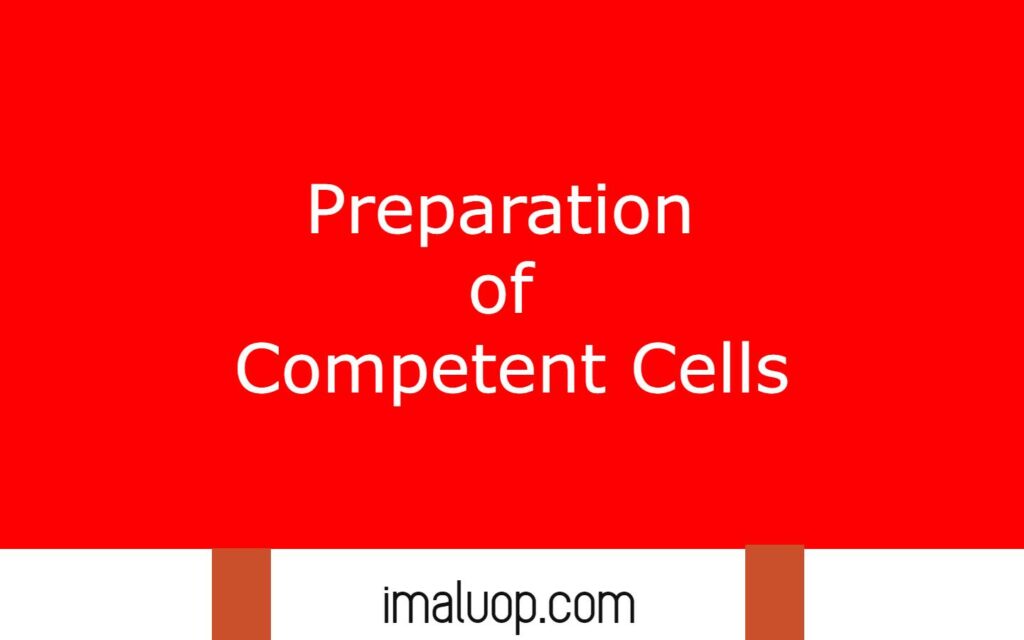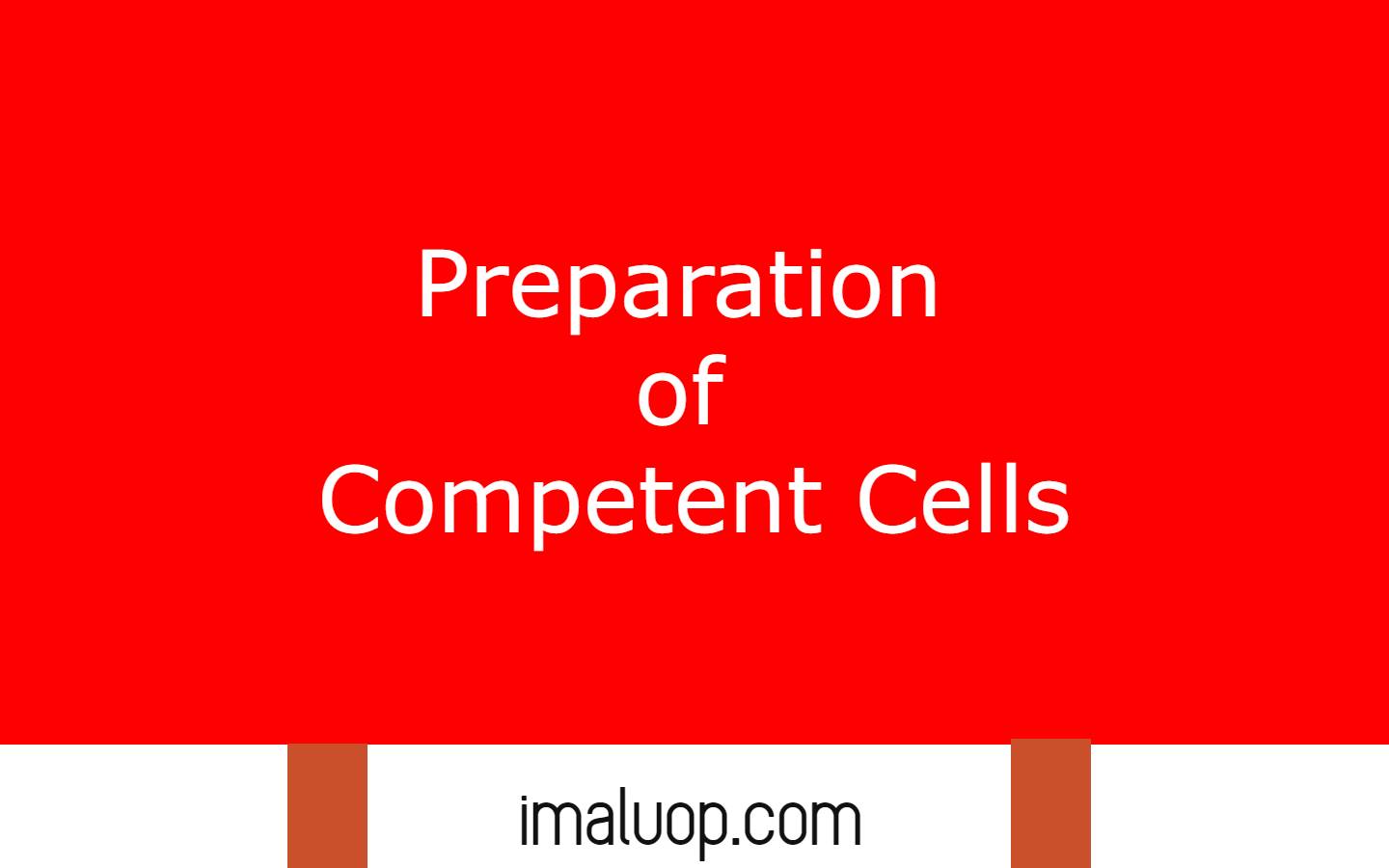Hi, now we are going to discuss the nature of a competent cell, its nature and preparation of competent cells and principle of competent cells.
Table of Contents
What is Competent Cells:
In general if we place a living cell in a DNA rich medium then the DNA do not automatically enter into the cells but bacteria show a special event known as transformation in which they take up the external DNA molecules into their cells and then the cell is known as a competent cell.
This phenomenon was observed in some bacteria cells in a special condition when the foreign DNA enters forcefully into the bacteria cell from their surroundings medium. Naturally it does not occur voluntarily but we can create some special situations and it is most easy to create in rapidly growing cells then we do not have to do much effort to induce the transformation.
During production of transgenic organisms we need to enter foreign DNA into different cells and generally when we want to introduce a recombinant plasmid inside a competent bacterial cell then we follow various artificial technologies to induce the transformation in the competent bacterial cell.
If we can alter the nature of the cell wall in the bacterial cell then the DNA molecules easily enter into the bacterial cell and to alter the cell wall in bacteria we generally use different types of chemical and electrical stimulation.
Some chemical ions like calcium ions alter the cell wall in bacteria cells and we can give motive force to the foreign DNA molecules present in their surroundings to move inward the living bacteria cell and this process is known as electroporation.
Natural Competence:
Some bacteria cells need not induce them to enter the foreign DNA molecules into the bacterial cell because they should transform naturally in which the bacterial cell takes up the foreign DNA molecules in their surroundings but very few species of bacteria show the natural competence. But this occurs in those bacteria in a specific stage when they become complete and show the special phenomenon known as transformation.
Like transduction and conjugation, transformation is also a mode of transfer of genetic material in bacteria and Fredrick Griffith was the first person who observed natural competence in some bacteria.
Fredrick Griffith used two strains of Pneumococcus, one virulent strain and another non virulent strain and when he inoculated the mice with heat killed smooth Pneumococcus then the mice were not infected by the bacteria.
But after mixing the heat kills smooth bacteria and rough bacteria then the mice become infected by the Pneumococcus bacteria because when they mix the heat killed bacteria with rough bacteria then the rough bacteria become virulent and this phenomenon represents the transformation.
So in transformation the donor cell is not required to be living, just DNA molecules are required in the surrounding of the competent cell so that the competent cell can take up the foreign DNA.
In this experiment thought the heat killed Pneumococcus but the rough strain of Pneumococcus performed transformation and took up the DNA of virulent strain which make them non virulent to virulent.
Artificial Competence:
We have already discussed that the cells which do not show competence naturally, can be induced to make them competently artificially by using different types of chemicals and electrical stimulation and we will now discuss two methods to induce artificial competence in living cells.
Heat Shock Treatment:
To induce artificial competence we have to alter their cell wall and we can do it by exposing the bacterial cell into calcium rich medium and quick treatment of heat shock.

Electrical Stimulation:
Another way to induce the artificial competence in a living cell is to change the permeability of the cell through giving them electrical shock and it makes the cell permeable for foreign DNA molecules and this process is known as electropermeabilization.
Read More: Bacterial Conjugation and Transduction
Hi Everyone!!! Welcome to Imaluop. Imaluop always try to learn some new and he want to share to other people. Here we will try to learn various topics on Science, specially on Biological Sciences.
